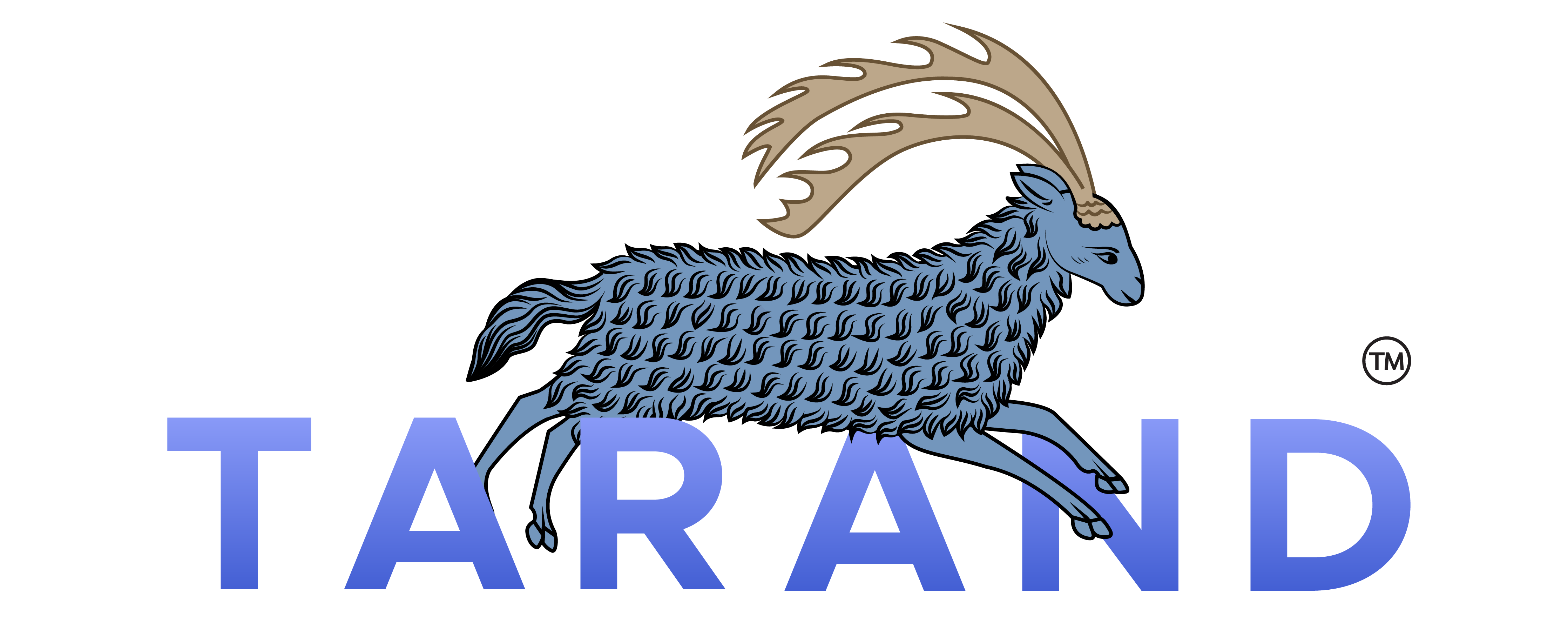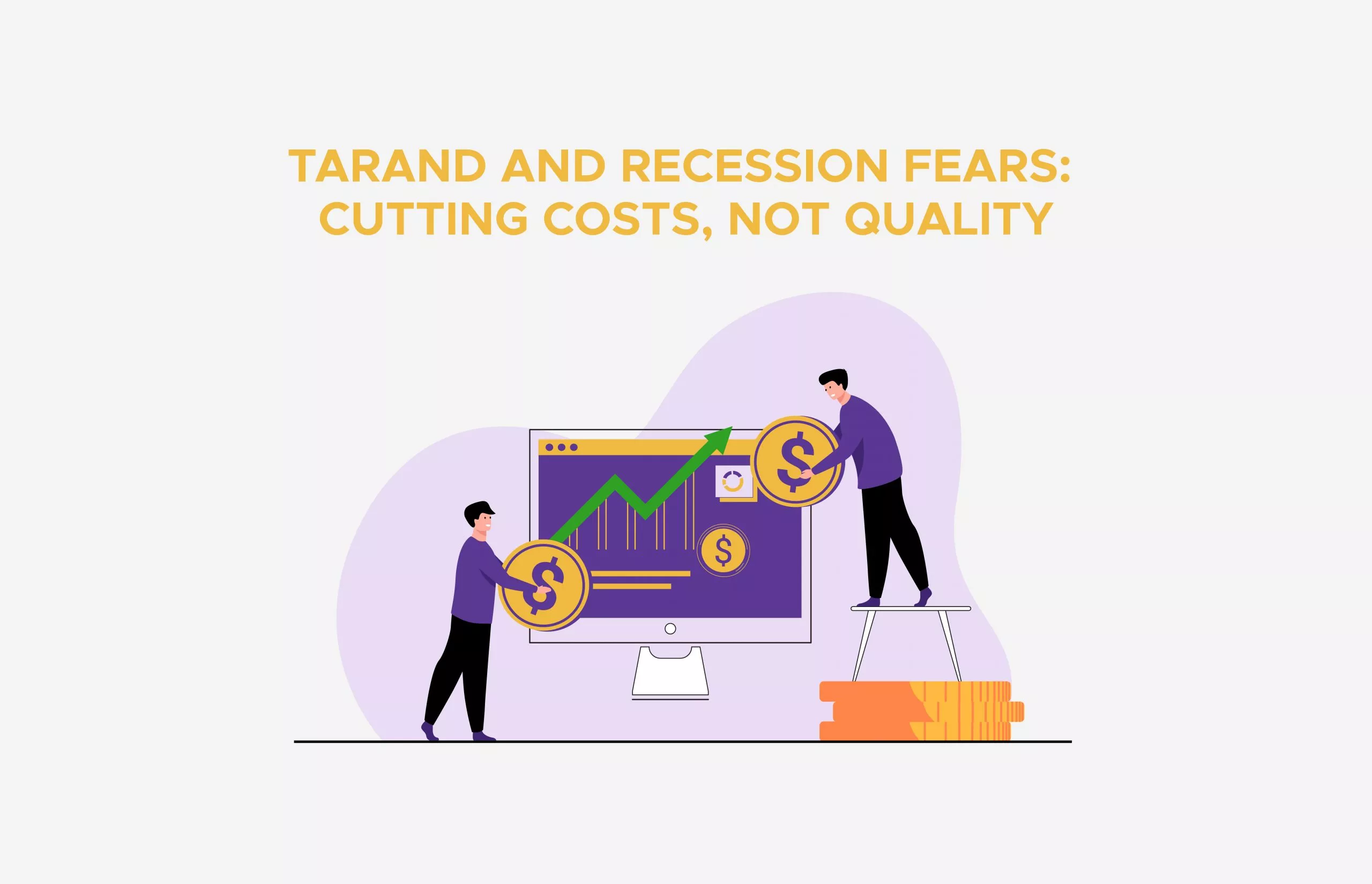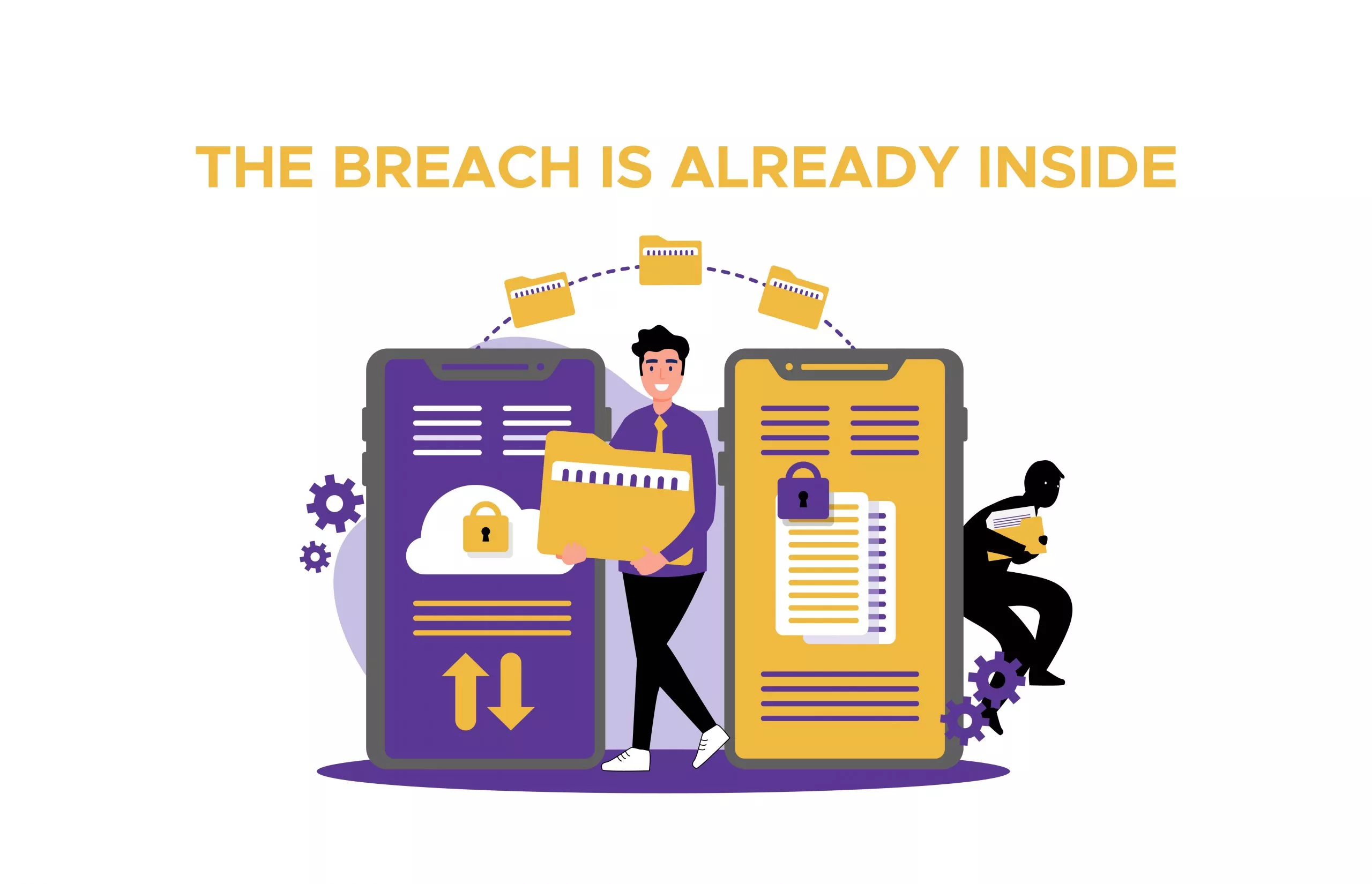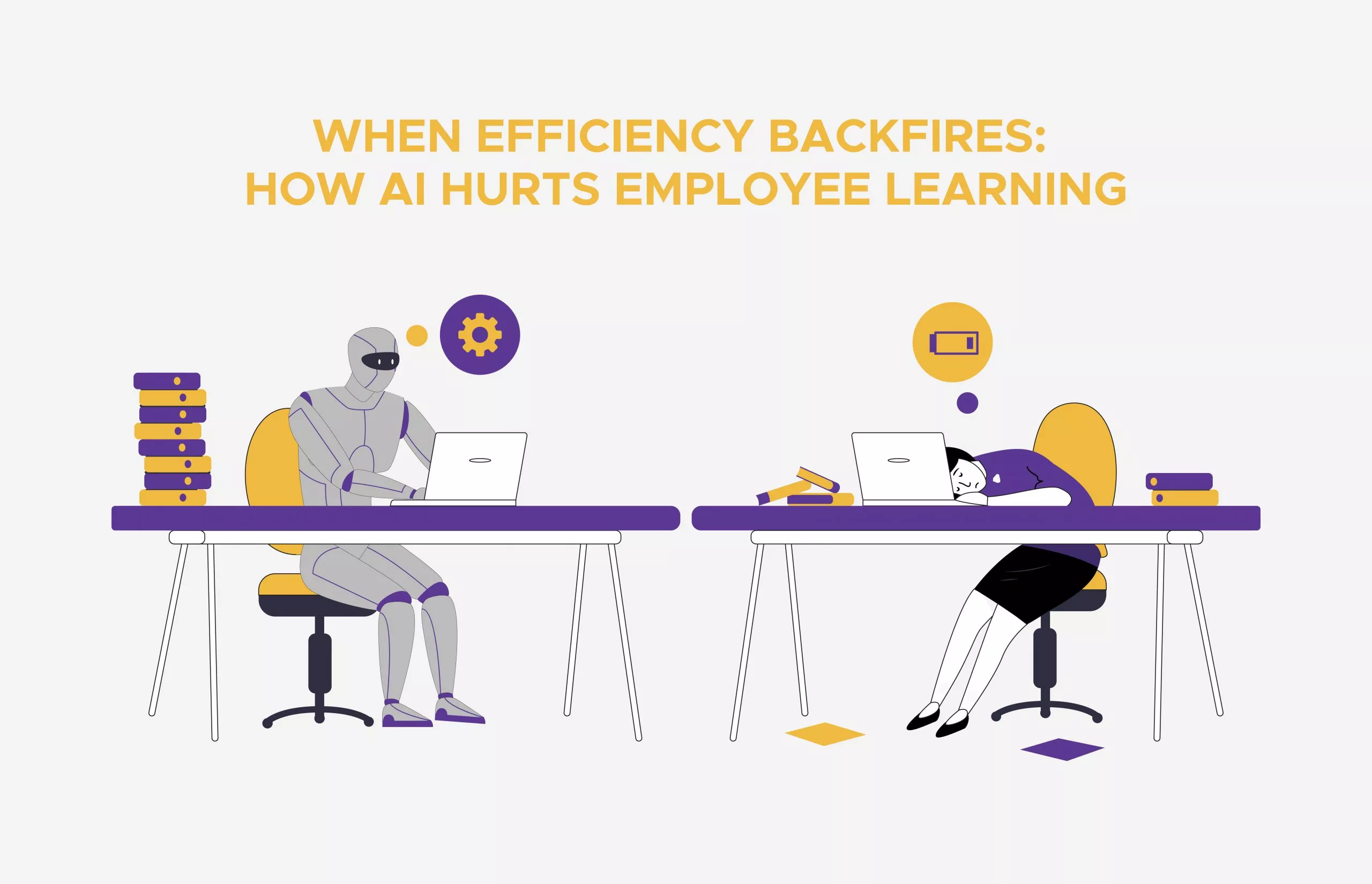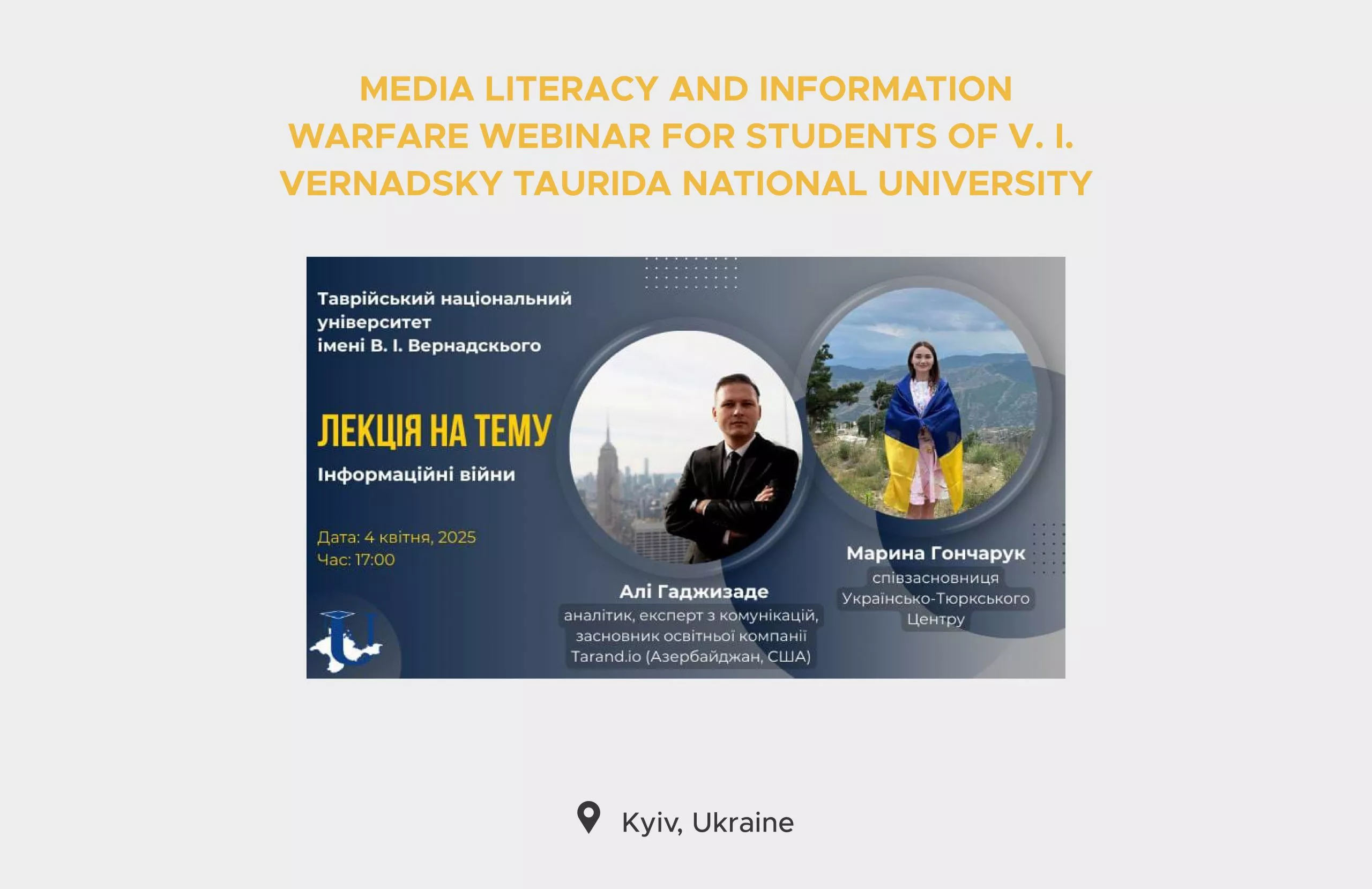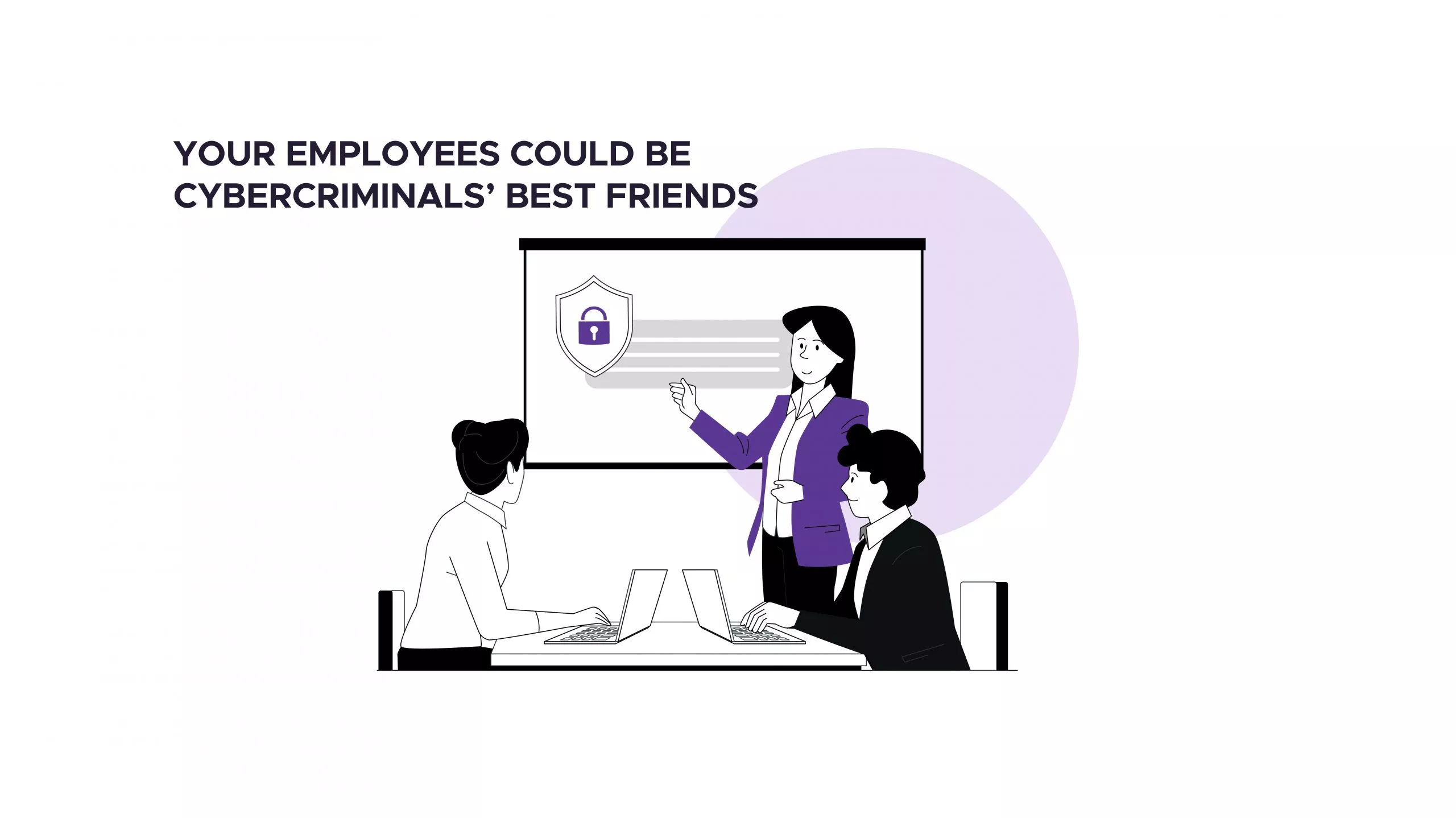As budgets tighten, U.S. businesses are reducing training outlays—but the smartest are rethinking how they create, source, and deliver learning, not eliminating it.
In 2024, total U.S. training expenditures fell 3.7% to $98B, and the average spend per learner dropped to $774 (from $954). Companies redirected more of their budgets to external products and services (up 23% year over year).
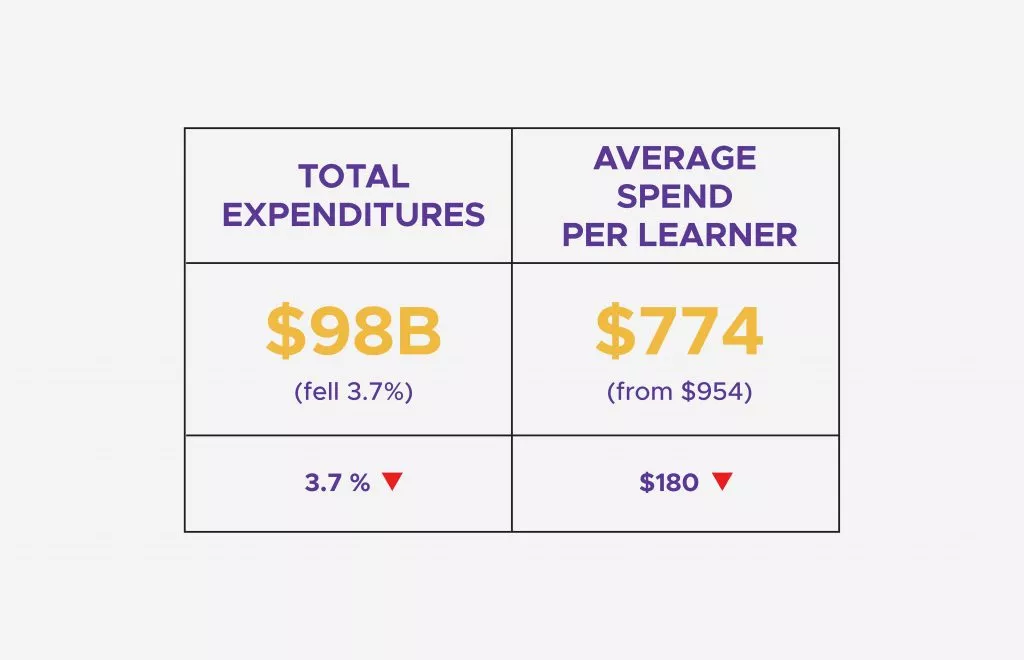
Those shifts point to a clear mandate for HR and L&D leaders in 2025: deliver the same, or even better performance outcomes with leaner, more flexible models.
The risk of blunt cuts is strategic. Employers expect 39% of workers’ core skills to change by 2030, so in a slow hiring environment, the only way to keep operations resilient is to upskill the people you already have. Training isn’t just a new‑hire issue; it’s the engine for redeploying talent into redesigned roles, digitized workflows, and AI‑assisted processes.
Cost reduction without quality loss starts by eliminating waste, not learning. “Scrap learning” – training that’s delivered but not applied still averages around 45% in many organizations. Prioritizing programs with a direct line to business KPIs (time‑to‑proficiency, first‑contact resolution, release quality) and reinforcing them on the job quickly frees budget while protecting impact.
Shrink seat time by modularizing content and using spaced reinforcement—a robust finding in learning science showing that information studied in shorter, spaced sessions is retained longer than massed “one‑and‑done” events.
Next, make smarter build‑versus‑buy decisions. Off‑the‑shelf or lightly tailored content is usually sufficient for compliance and ubiquitous skills; reserve custom builds for differentiating capabilities. The fact that companies increased spending on outside products/services last year validates the case for right‑sourcing and vendor consolidation to reduce license sprawl.
Generative AI can lower development costs and cycle time by drafting storyboards, questions, translations, and even first‑pass scenarios, but it must be used with guardrails. Gartner projects that most enterprises will adopt responsible‑AI frameworks for HR technologies. At the same time, McKinsey’s latest State of AI research highlights the inaccuracy and related risks that can occur if guardrails are weak. Treat AI outputs as first drafts under SME review, log sources for auditability, and define rules for data handling and human‑in‑the‑loop approvals.
Avoid over‑optimization pitfalls. Development spend remains a retention lever: 94% of employees say they would stay longer if their employer invested in their growth. Remember that slashing learning indiscriminately can raise attrition costs. Don’t underfund mandated training either; OSHA penalties for serious violations sit at $16,550 per case (and $165,514 for willful/repeated), making poorly handled compliance cuts a false economy. Finally, the winning recession playbook is balanced: companies that combine disciplined cost control with selective capability investment outperform those that only cut.
Many companies utilize white-label content production to reduce fixed costs while maintaining quality. Tarand, for instance, applies this model by managing the entire production cycle – design, scripting, multimedia, assessments, and localization, while allowing the client to retain full brand ownership. This approach typically results in 35–40% lower costs compared with in-house production, two-times faster delivery, and ensures confidentiality through white-label delivery. By removing extra steps such as software licensing, voice-over contracting, and editing coordination, it helps clients maintain learning quality while optimizing resources and reducing internal overhead.
The final piece of sustainable cost optimization is measurement and partnership. Modern L&D strategies demand both data and execution capacity. Yet metrics alone are not enough. To make optimization tangible, businesses need an agile partner capable of translating these insights into scalable, high-quality learning experiences.
This is where Tarand’s model becomes strategic rather than transactional. By combining measurable outcomes with an efficient white-label content production framework, Tarand enables companies to cut learning costs by 35–40%, double production speed, and still maintain complete brand and content ownership. The company’s end-to-end workflow covering instructional design, multimedia production, localization, and rapid deployment removes layers of internal coordination while preserving each client’s voice and identity. Instead of simply outsourcing training, Tarand clients gain a system for ongoing optimization: fewer internal steps, lower fixed costs, faster rollouts, and continuous performance feedback integrated into learning cycles.
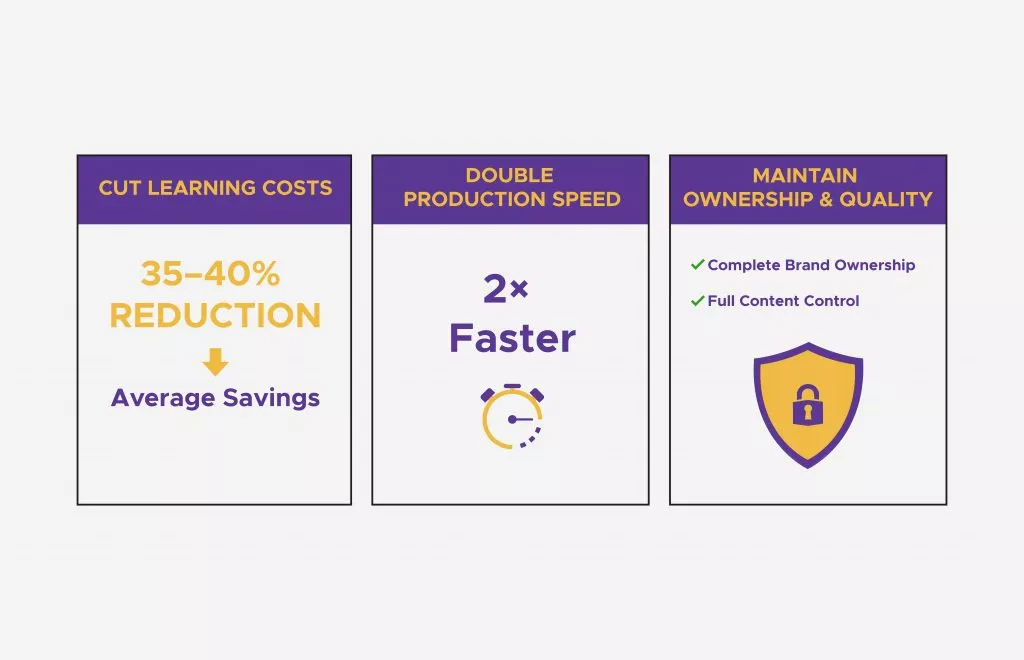
In today’s climate, success isn’t about spending less on learning; it’s about spending smarter and aligning every dollar with capability growth. Tarand’s approach exemplifies this shift: helping HR and L&D leaders replace rigid internal pipelines with an adaptive, data-driven production model that sustains quality through uncertainty. By transforming how learning is designed, delivered, and measured, Tarand not only reduces costs but also helps businesses protect their most valuable asset: a skilled, future-ready workforce.
